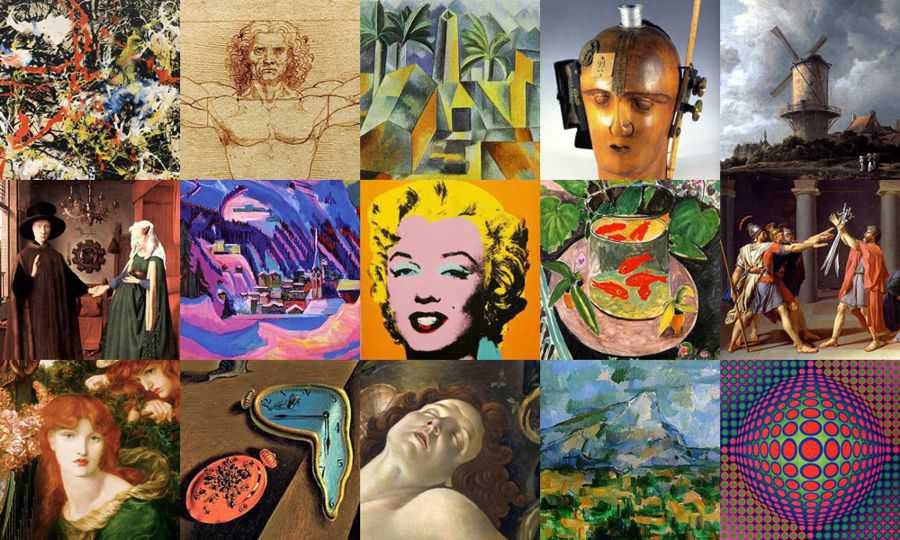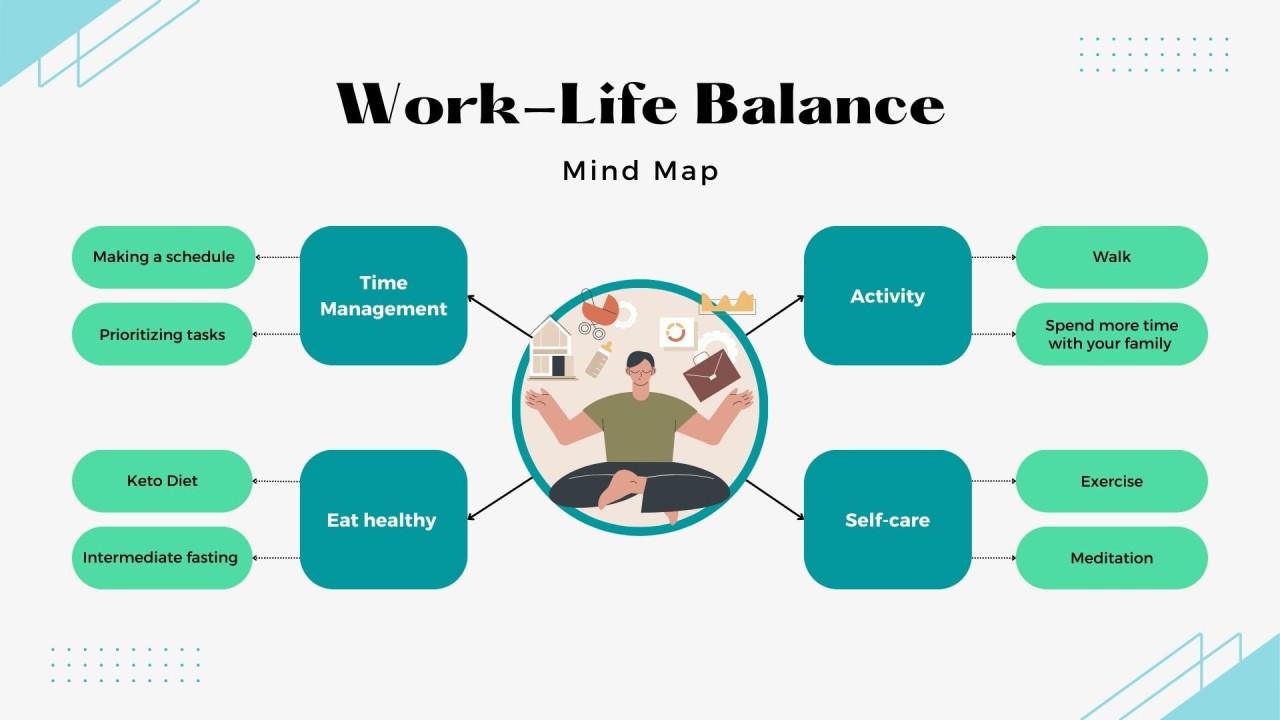Modern art continues to captivate and challenge audiences around the world. Its vibrant and diverse nature reflects the ever-changing cultural, political, and social landscapes. In this article, we explore the major trends and influences shaping modern art today.
The Rise of Digital Art
Digital art has revolutionized the modern art scene. Artists use advanced technology and software to create stunning visuals. These works often blend traditional techniques with digital innovation. This fusion opens up endless possibilities for creativity.
Moreover, digital platforms like social media have provided artists with new avenues to showcase their work. Instagram, for instance, has become a virtual gallery where artists reach global audiences instantly. This accessibility has democratized the art world, allowing emerging talents to gain recognition without traditional gatekeepers.
Street Art and Its Growing Influence
Street art has moved from urban walls to prestigious galleries. This genre, rooted in graffiti culture, often addresses social and political issues. Artists like Banksy and Shepard Fairey have become household names. Their work challenges the status quo and sparks conversations.
The appeal of street art lies in its accessibility and immediacy. It transforms everyday spaces into canvases, making art a part of daily life. This trend reflects a broader movement towards public art and community engagement.
Environmental Themes in Modern Art
Artists increasingly respond to environmental concerns through their work. This trend, known as eco-art, raises awareness about climate change and sustainability. Eco-artists use recycled materials, organic forms, and natural settings to convey their messages.
One notable example is Olafur Eliasson, whose installations often explore the relationship between humans and nature. By immersing viewers in these experiences, eco-art fosters a deeper understanding of environmental issues.
The Revival of Traditional Techniques
While innovation thrives, there is also a revival of traditional techniques. Many modern artists revisit classical methods, blending them with contemporary themes. This approach creates a bridge between the past and present.
For instance, the resurgence of figurative painting highlights the enduring appeal of human subjects. Artists like Kehinde Wiley reimagine historical portraits, infusing them with modern cultural references. This juxtaposition creates a dialogue between eras, enriching the viewer’s experience.
Globalization and Cultural Exchange
Globalization has significantly influenced modern art. Artists draw inspiration from diverse cultures, resulting in a rich tapestry of styles and themes. This cross-cultural exchange fosters greater understanding and appreciation of different perspectives.
For example, contemporary African art has gained international recognition. Artists like El Anatsui and Wangechi Mutu blend traditional African aesthetics with modern concepts. Their work challenges stereotypes and expands the narrative of modern art.
The Impact of Social Movements
Social movements have always influenced art. Today, issues like gender equality, racial justice, and LGBTQ+ rights inspire powerful artistic expressions. These works often serve as both commentary and catalyst for change.
The #MeToo movement, for example, has inspired a wave of feminist art. Artists use their platforms to highlight issues of harassment and inequality. This trend underscores art’s role in societal transformation.
The Role of Technology in Art Creation
Advancements in technology continue to shape modern art. Virtual reality (VR) and augmented reality (AR) offer new dimensions for artistic expression. These technologies create immersive experiences, allowing viewers to engage with art in unprecedented ways.
For instance, VR exhibitions provide access to artworks for those unable to visit physical galleries. This inclusivity expands the reach of modern art, making it more accessible to diverse audiences.
Conclusion: The Future of Modern Art
Modern art is a dynamic and evolving field. Its trends and influences reflect the complexities of contemporary life. As artists continue to innovate and challenge conventions, the future of modern art promises to be as diverse and exciting as its present.
By embracing digital tools, revisiting traditional techniques, and engaging with global and social issues, modern artists shape the cultural landscape. Their work not only reflects our world but also inspires us to see it in new and profound ways.



